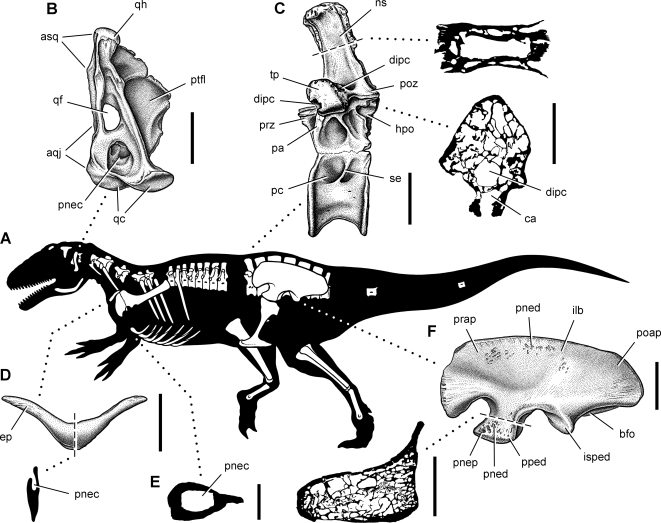Figure 16. Summary of pneumatic features of the theropod Aerosteon riocoloradensis.
(A)-Silhouette reconstruction in left lateral view showing preserved bones of the holotype and referred specimens (MCNA-PV-3137-3139); body length approximately 9-10 m. (B)-Left quadrate in posterior view. (C)-Dorsal 14 in left lateral view with enlarged cross-sections of the neural spine and transverse process. (D)-Furcula in anterior view with sagittal cross-section. (E)-Cross-section of medial gastral element from the anterior end of the cuirass showing pneumatocoel. (F)-Left ilium in lateral view with enlarged cross-section of pubic peduncle. Scale bars equal 5 cm in B, 10 cm (3 cm for cross-sections) in C, 10 cm (same for cross-section) in D, 2 cm in E, and 20 cm (6 cm for cross-section) in F. Abbreviations: aqj, articular surface for the quadratojugal; asq, articular surface for the squamosal; bfo, brevis fossa; ca, canal; dipc, diapophyseal canal; ep, epicleideum; hpo, hyposphene; ilb, iliac blade; isped, ischial peduncle; ns, neural spine; pa, parapophysis; pc, pleurocoel; pnec, pneumatocoel; pned, pneumatic depression; pnep, pneumatopore; poap, postacetabular process; poz, postzygapophysis; pped, pubic peduncle; prap, preacetabular process; prz, prezygapophysis; ptfl, pterygoid flange; qc, quadrate condyles; qf, quadrate foramen; qh, quadrate head; se, septum; tp, transverse process.

